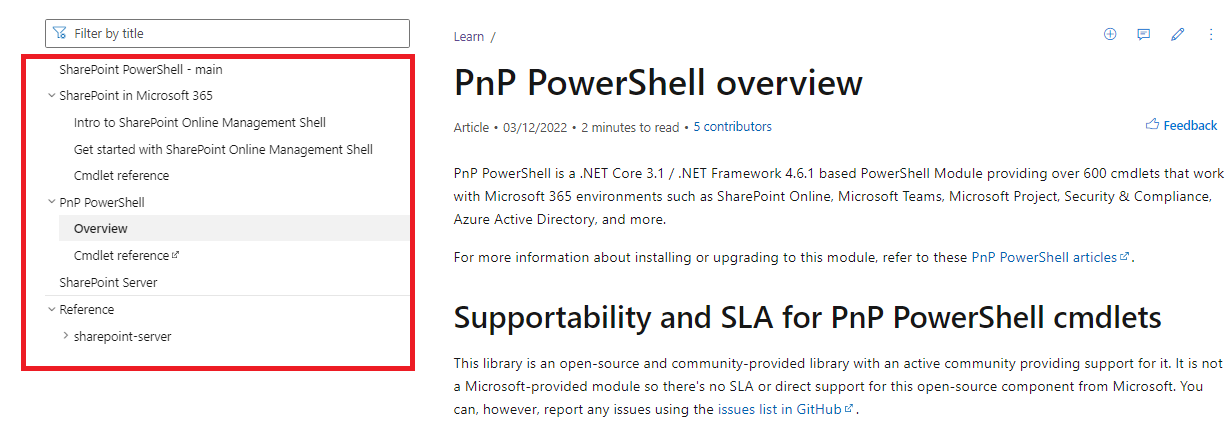Hi @Jeffrey Cuiper ,
There is no SharePoint out of the box functionality using which you can copy the folder and its permissions. You could solution for this using PnP-PowerShell.
Please try to use this code:
#PowerShell Function to copy permissions between Folders in SharePoint Online
Function Copy-PnPFolderPermissions
{
[cmdletbinding()]
param(
[Parameter(Mandatory=$True)] [string] $WebURL,
[Parameter(Mandatory=$True)] [string] $SourceFolderURL,
[Parameter(Mandatory=$True)] [string] $TargetFolderURL,
[Parameter(Mandatory=$False)] [Bool] $AppendToExisting = $True
)
Try {
#Connect to PnP Online
Connect-PnPOnline -Url $WebURL -Interactive
#Get the Web
$Web = Get-PnPweb
$Ctx = Get-PnPContext
#Get Source and Target Folders
$SourceFolderItem = Get-PnPFolder -Url $SourceFolderURL -Includes ListItemAllFields.HasUniqueRoleAssignments
$SourceFolder = $SourceFolderItem.ListItemAllFields
$TargetFolderItem = Get-PnPFolder -Url $TargetFolderURL -Includes ListItemAllFields.HasUniqueRoleAssignments
$TargetFolder = $TargetFolderItem.ListItemAllFields
#if permissions are Inherited in Target Folder, Break the Inheritance
If(!$TargetFolder.HasUniqueRoleAssignments)
{
If($AppendToExisting -eq $True)
{
#Break Folder permissions - keep all existing permissions & Clear Item level permissions
$TargetFolder.BreakRoleInheritance($True,$False)
}
else
{
$TargetFolder.BreakRoleInheritance($False,$False)
}
}
Else #If the Folder has unique Permissions already
{
If($AppendToExisting -eq $False)
{
$TargetFolder.ResetRoleInheritance()
$TargetFolder.BreakRoleInheritance($False,$False)
}
}
Invoke-PnPQuery
#Get all permissions assigned to the source folder
$SourceRoleAssignments = Get-PnPProperty -ClientObject $SourceFolder -Property RoleAssignments
#Copy Source Folder permissions to Destination Folder
ForEach($RoleAssignment in $SourceRoleAssignments)
{
#Get RoleDefinitions of the Role Assignment
Get-PnPProperty -ClientObject $RoleAssignment -Property RoleDefinitionBindings, Member
#Leave the Hidden permissions
If($RoleAssignment.Member.IsHiddenInUI -eq $False)
{
$SourcePermissions = $RoleAssignment.RoleDefinitionBindings | Where {$_.Name -notin("Limited Access")}
$PermissionLevels = ($SourcePermissions | Select -ExpandProperty Name) -join "; "
If($SourcePermissions -ne $null)
{
#Add Source Folder's Permission Level to the Target Folder
$RoleDefBindings = New-Object Microsoft.SharePoint.Client.RoleDefinitionBindingCollection($Ctx)
ForEach($RoleDefinition in $SourcePermissions)
{
$RoleDefBindings.Add($RoleDefinition)
}
$Permissions = $TargetFolder.RoleAssignments.Add($RoleAssignment.Member,$RoleDefBindings)
$TargetFolder.Update()
Invoke-PnPQuery
Write-host "Copied '$($RoleAssignment.Member.Title)' with Permissions '$PermissionLevels'"
}
}
}
}
Catch {
write-host -f Red "Error Copying Folder Permissions!" $_.Exception.Message
}
}
#Set Parameters
$WebURL = "https://crescent.sharepoint.com/sites/Marketing"
#Server Relative URLs of Source and Target Folders
$SourceFolderURL = "/sites/Marketing/Shared Documents/Old"
$TargetFolderURL = "/sites/Marketing/Shared Documents/New"
#Call the function to copy Folder permissions
Copy-PnPFolderPermissions -WebURL $WebURL -SourceFolderURL $SourceFolderURL -TargetFolderURL $TargetFolderURL
This script appends to existing permissions of the target folder by default. You can pass an optional parameter for -AppendToExisting with “$False” if you want to clear all existing permissions of the target folder and copy permissions from the source folder.
If the answer is helpful, please click "Accept Answer" and kindly upvote it.
Note: Please follow the steps in our documentation to enable e-mail notifications if you want to receive the related email notification for this thread.


